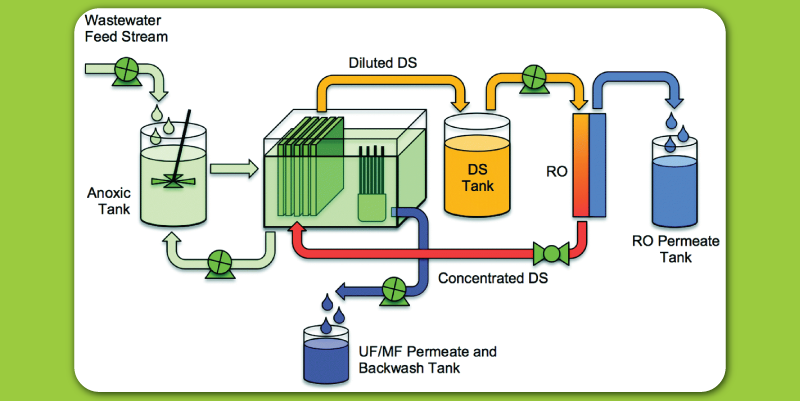Waste Water Treatment and Membrane Bioreactors
Treatment of sewage is large and involves many steps of filtration to create potable water. One way to treat water is by using a membrane bioreactor. A membrane bioreactor is a device where oxidation of organic material can be dissolved. It allows the separation of sludge from the water to create clean liquid. A membrane bioreactor saves space and money. It is a continuous proceed and is becoming the best way to handle filtration and separation.
The waste water systems consist of two processing steps. The first part is a bioreactor. In this process, the aerobic bacteria digest organic material with the occurrence of dissolved oxygen. The second process allows pure water to separate from the suspension of organic matter and bacteria. The membrane can be composed of two makeups. One, uses flat rectangular sheets of membrane, welded into pairs. This is than placed around a panel for each pair, which hangs vertically. From here the vertical sheets are parallel to other sheets. In between the sheets are support panels. This allows water to flow through all the sheets. The second type of membrane uses hollow fibers to form the membrane. These also hang vertically like the rectangular sheets.
 The two process run in conjunction with each other and can be used in municipal waste water treatments. This means the treatment plants are huge, and can be used with large companies.
The two process run in conjunction with each other and can be used in municipal waste water treatments. This means the treatment plants are huge, and can be used with large companies.
